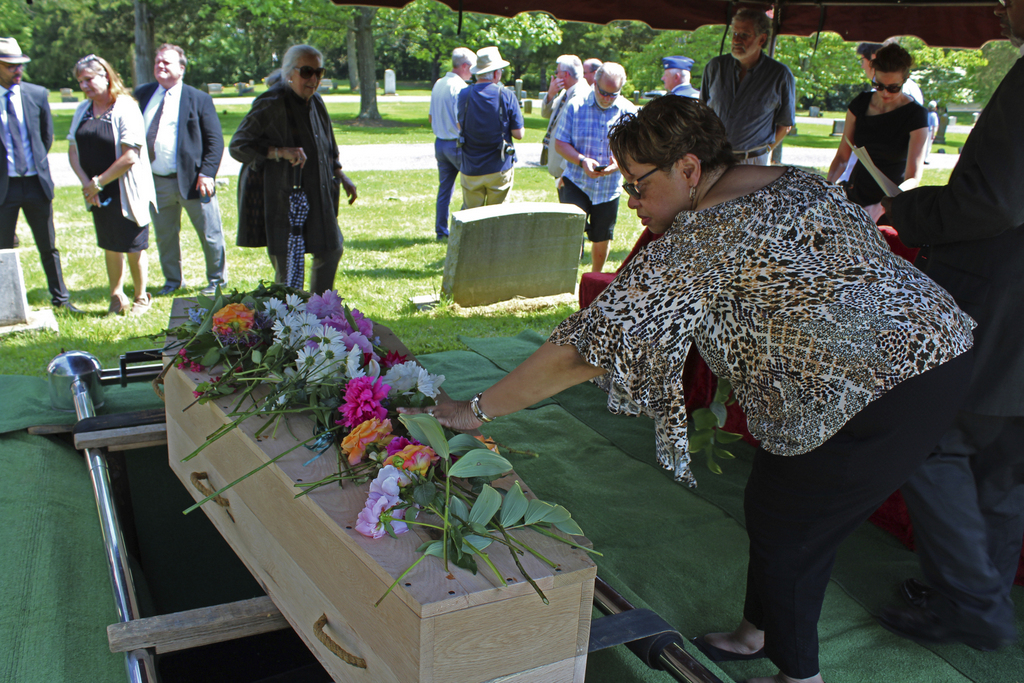[ad_1]
By ALISON GRAHAM, The Roanoke Times undefined
LEXINGTON, Va. (AP) — She rested beneath packed earth for more than 100 years in an unmarked grave. Someone must have known her name — her family, friends, maybe the person who buried her.
But when those people died, so did the last living memory of the woman so long buried near the corner of Nelson and Randolph Streets.
In 2008, a construction crew pulled her bones from the earth and she entered the 21st century nameless.

And on May 19, that’s how she returned — “Unknown African American woman, died ca. 1800’s” will mark her new gravesite at Evergreen Cemetery in Lexington.
She’s less than a mile from where she was found during excavation of the Rockbridge County Courthouse and just a little farther from Stonewall Jackson Memorial Cemetery, named for the famed Confederate general who is buried there beneath a larger-than-life memorial and statue.
Churches, museums, hotels, shopping centers and the local hospital are named for Jackson and Confederate General Robert E. Lee, who is also buried in the city. But few things are named for the African Americans who helped build Lexington into what it is today.
“This discovery may not have been a war hero, but we know she was certainly someone’s child,” City Councilwoman Marilyn Alexander said. “She was certainly someone’s hero.”
“Ancient Jane,” as she’s come to be known around the city, was buried after a simple, 30-minute ceremony. People spoke about what is known: she was an 18- to 23-year-old African American woman who died sometime in the 1800s.
But most people spoke about what is unknown: who she was, how she died or how she lived her life. She could have been enslaved. She could have walked free and worked in town. She could have had children. She could have lived with her family or a husband. She might have even been murdered when the Ku Klux Klan rode through town in 1867 for what was described as “a bloody hour.”
“Her skeletal remains reveal very little about her and invite us to imagine the circumstances of her life,” Washington and Lee University Professor Ted DeLaney said. “As a historian, I feel very uncomfortable imagining too much about this woman, because imagination leads to fiction.”
The unknowns plagued the ceremony’s planners — how do you honor someone you know nothing about?
DeLaney, along with Alexander and his colleague Alison Bell, settled on simple. DeLaney and Alexander gave speeches, the crowd sang “Amazing Grace” and a local minister led the group in saying the Lord’s Prayer. At the end, each attendee took a flower and laid it on top of the handmade white oak coffin.
The ceremony ended with little fanfare and people slowly scattered as they walked back to their cars.
The organizers said they felt validated. In a small city steeped in Confederate history, there will be a small memorial to a young, African American woman, forever marked with a gravestone installed later this summer.
After most people left, Bell placed a 2019 penny beneath the flowers on the coffin.
If Jane’s grave marker is ever lost and her remains are propelled into yet another century, they’ll know she had some connection to 2019.
And perhaps one small part of her story will be remembered.
___
Information from: The Roanoke Times, http://www.roanoke.com
[ad_2]
Source link

